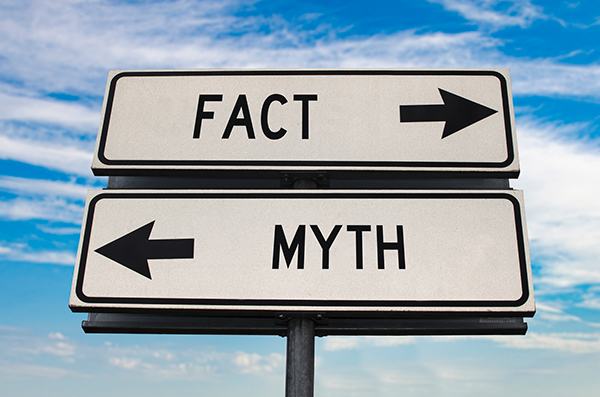
When it comes to substance use, myths and urban legends abound. Many are based on old assumptions or false perceptions while others seem reasonable and based in logic. In an effort to educate parents, teens, educators, and others, we’ve critically examined 5 common myths about teen substance use to set the record straight and help promote safer and healthier choices.
1. Adolescents in Europe develop healthier drinking habits due to lower drinking ages.
It’s a romanticized notion that European teens sip wine with dinner and grow into balanced, responsible drinkers. However, studies across countries like the UK, France, and Germany tell a more sobering story. While early introduction may reduce novelty, it often coincides with increased availability and social normalization of alcohol. This can contribute to earlier onset of binge drinking and greater risk for alcohol dependence later in life. Public health campaigns and strict enforcement of drinking laws in countries like Sweden and Norway have shown greater efficacy in reducing harm than simply adjusting legal age. So instead of looking to lower the age limit, families (and policymakers) in the United Strates should focus on building protective factors—parental modeling, youth engagement, and healthy coping mechanisms.
Practical takeaway:
Parents and educators should focus on fostering resilience and critical thinking rather than romanticizing cultural comparisons that don’t hold up to data.
2. Supervised teen drinking leads to more manageable habits in adulthood.
This myth often comes from a well-meaning place—parents wanting to teach “moderation” in a controlled environment. But research indicates that supervised use blurs boundaries and communicates permissiveness, especially if not paired with clear conversations about risk. It also gives teens mixed messages about what is acceptable. In cultures and families where supervised drinking is normalized, teens often start using earlier and consume more heavily. In contrast, authoritative parenting—marked by warmth, structure, and clear rules—is associated with delayed initiation and lower substance use.
Practical takeaway:
Instead of supervised drinking, build trust through open discussions, model healthy coping strategies, and establish consistent, age-appropriate boundaries.
3. Cannabis is harmless and not addictive.
The normalization of cannabis—fueled by legalization, social media, and the aestheticization of the substance—has created a perception that it’s natural, healthy, and therefore safe. But this ignores the growing body of evidence on adolescent vulnerability THC potency in modern products is drastically higher than in the 1970s or 80s. Chronic use can disrupt the endocannabinoid system, which plays a role in brain development, stress regulation, and emotional processing. Functional MRI studies show altered brain structure and connectivity in adolescents who use cannabis regularly. Furthermore, some teens are more genetically or psychologically predisposed to addiction or psychotic symptoms, particularly if they start young or use frequently.
Practical takeaway:
Educate teens about cannabis with factual, developmentally appropriate language. Emphasize that “natural” doesn’t mean risk-free, especially during adolescence.
4. Tobacco-Free nicotine products are safe.
Products like Zyn pouches, JUULs, and disposable vapes are marketed with sleek designs and “clean” branding—often flavored to appeal to younger users. Because they’re tobacco-free, teens and even some parents mistakenly assume they are harmless. But nicotine in any form hijacks the brain’s reward system, increasing the risk of addiction and priming the brain for future substance use. Research shows that nicotine exposure during adolescence disrupts attention, learning, and mood regulation. Moreover, vaping is not a benign substitute for smoking—it’s just a new delivery system with its own long-term unknowns.
Practical takeaway:
Frame discussions around the brain’s vulnerability and the manipulative marketing tactics of nicotine companies. Help teens connect the dots between short-term choices and long-term outcomes.
5. It is no use telling kids not to use drugs or alcohol since they’re going to use them anyway.
This myth stems from cynicism or a misunderstanding of adolescent development. Teens are not destined to rebel or engage in risky behavior—especially when they are supported, informed, and empowered. Prevention science tells us that education, community connection, and adult mentorship matter, along with early intervention around mental health and emotional well-being. Teens who feel seen, heard, and valued are less likely to seek out substances to cope or fit in. Fatalism about youth behavior undermines the influence adults and supportive peers genuinely have. Positive youth development programs, family rituals, and peer leadership initiatives all help delay or deter substance use and promote health and safety.
Practical takeaway:
Don’t underestimate your impact. Approach prevention with empathy, consistency, and creativity. Teens do listen—especially when they feel respected and understood.
If you are a parent, guardian, educator, or provider in need of support for a young person struggling with substance use issues, do not hesitate to reach out to our staff at info@centerforliving.org.